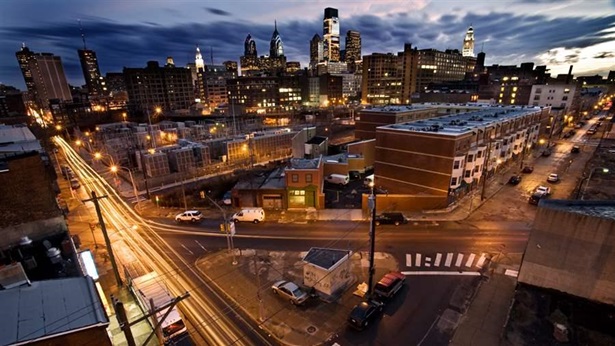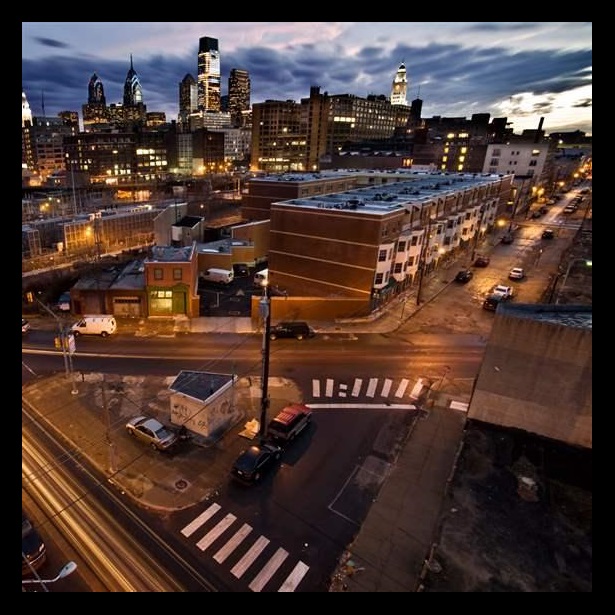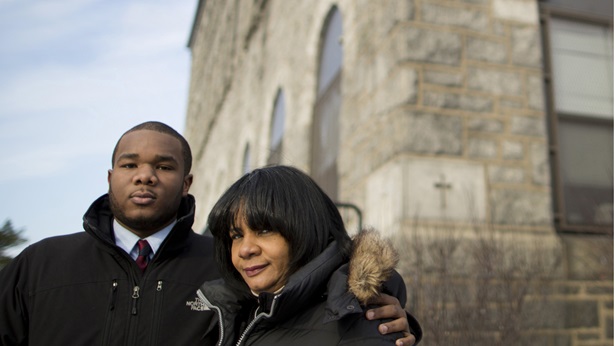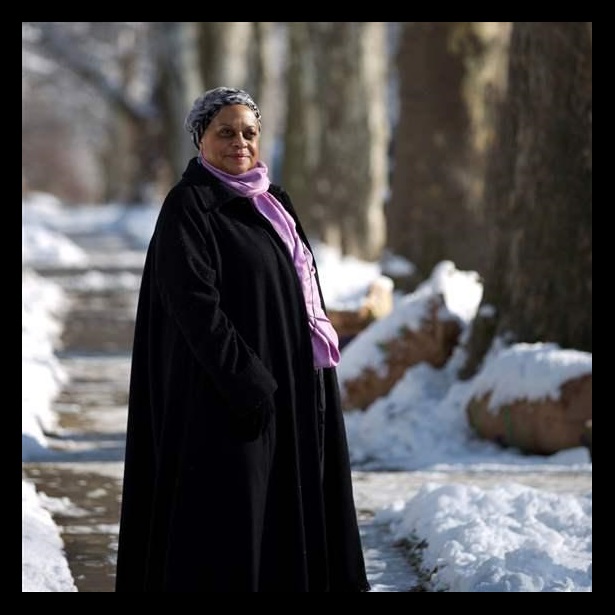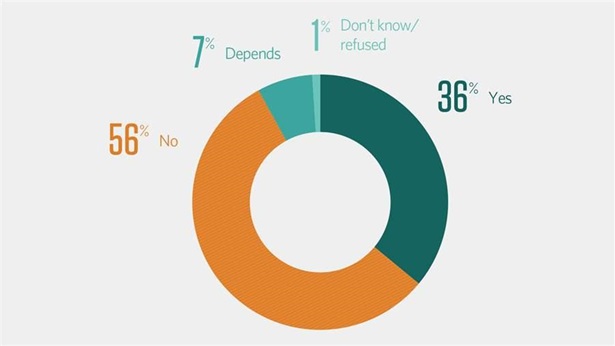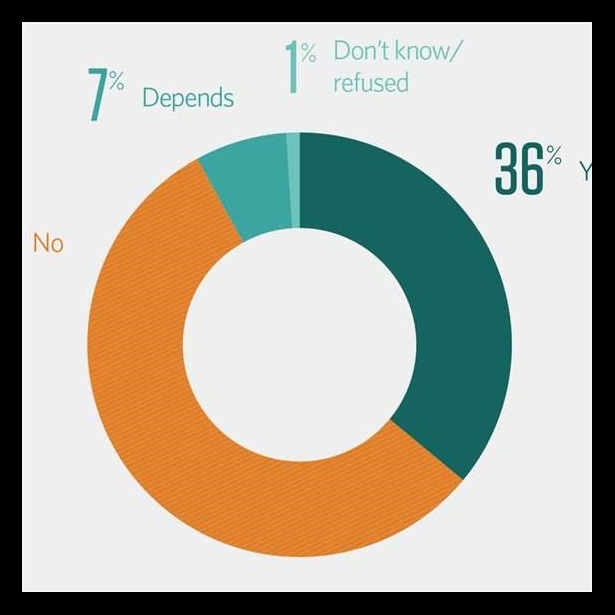Homeownership in Philadelphia: On the Decline
QUICK SUMMARY
This report finds that Philadelphia’s long tradition of high homeownership is changing. From 2000 to 2012, homeownership declined in this city as well as others across the United States. But the drop has been more pronounced in Philadelphia, with sections of Northeast Philadelphia recording the biggest decreases.
The decline, which has been accompanied by an increase in renting, is largely due to stagnant incomes, rising home prices, tight credit standards for mortgages, and shifting attitudes toward buying a home, particularly among the city’s growing number of young adult residents. Also examined in the report are the changing demographics of owner-occupants in Philadelphia and its neighborhoods, including the share of homes owned by low-income residents and families, and those owned free and clear, without mortgages.
OVERVIEW
The classic brick Philadelphia row house symbolizes the city’s strong tradition of homeownership. For generations in Philadelphia and the rest of the nation, owning a home has been a milestone on the path to building household wealth and establishing a stake in the community.
But since 2000, homeownership has been in decline in the United States, a trend that has been especially pronounced in Philadelphia. In recent years, Philadelphia experienced the second-steepest drop in homeownership among the country’s 30 largest cities—despite not having been hit as hard as other localities by the housing bubble and foreclosure crisis of the past decade.
Even with the decrease, from 59.3 percent of the city’s housing units being owner-occupied in 2000 to 52.2 percent a dozen years later, Philadelphia remains a city of relatively high homeownership. The city’s 2012 percentage is slightly higher than the average of the 30 largest cities, and remains above those of most large cities in the Northeast and Midwest.
According to housing and real estate experts, homeownership has declined sharply in Philadelphia—a city that still has a large supply of low-priced homes—because of stagnant incomes, rising home prices, and tight credit following the housing crash and recession. In addition, many members of Philadelphia’s growing population of young, mobile adults—like their peers nationally—are holding off on purchasing homes longer than did their counterparts in years past. Some are doing so by choice; others are constrained by low-wage jobs, student debt, and decisions to delay marriage and family.
The local drop in homeownership, not unexpectedly, has been accompanied by an equally significant increase in renting. The question to be considered is what impact this shift from owning to renting, should it continue, will have on individual neighborhoods and on Philadelphia as a whole. Traditionally, homeowners have been widely viewed as more committed to their communities and more likely to engage in civic activity. But some experts say that high levels of homeownership can also stall neighborhood revitalization in some situations.
An analysis by The Pew Charitable Trusts of U.S. Census Bureau housing data shows that:
- Among the nation’s 30 largest cities, Philadelphia had the second-biggest decline in homeownership (7.1 percentage points) from 2000 to 2012, behind only Phoenix (7.8 points).
- From 2000 to 2012, the most recent year for which data are available, the number of owner-occupied units in the city declined by 47,082 to 302,551, and the number of rentals grew by 36,885 to 277,323. During the same period, homeownership levels declined the most in Lower Northeast Philadelphia and increased the most in and around Center City.
- The decline was most pronounced among the group usually considered to be traditional homebuyers: married couples and families with children. Yet as homeownership dropped citywide, it rose among single-person households.
Some elements of homeownership in Philadelphia have not changed. An extraordinary number of low-income Philadelphians own their homes—nearly 38 percent of city homeowners have annual household incomes below $35,000. That percentage is the second-highest among the 30 largest cities, trailing only Detroit.
Philadelphia also has a large share of owner-occupied homes that are owned free and clear, without mortgages, about 41 percent. That is the third-highest rate among the 30 cities, behind only Detroit and Houston. Many of these property owners are elderly and have limited incomes, making it hard for them to keep up with taxes, utilities, and maintenance. Over time, lack of upkeep can contribute to blight and abandonment.
Local officials have tended to encourage homeownership. A prolonged shift toward renting could have future policy implications for the city. For now though, it is not clear whether the decline will be positive or negative, or simply a change.

